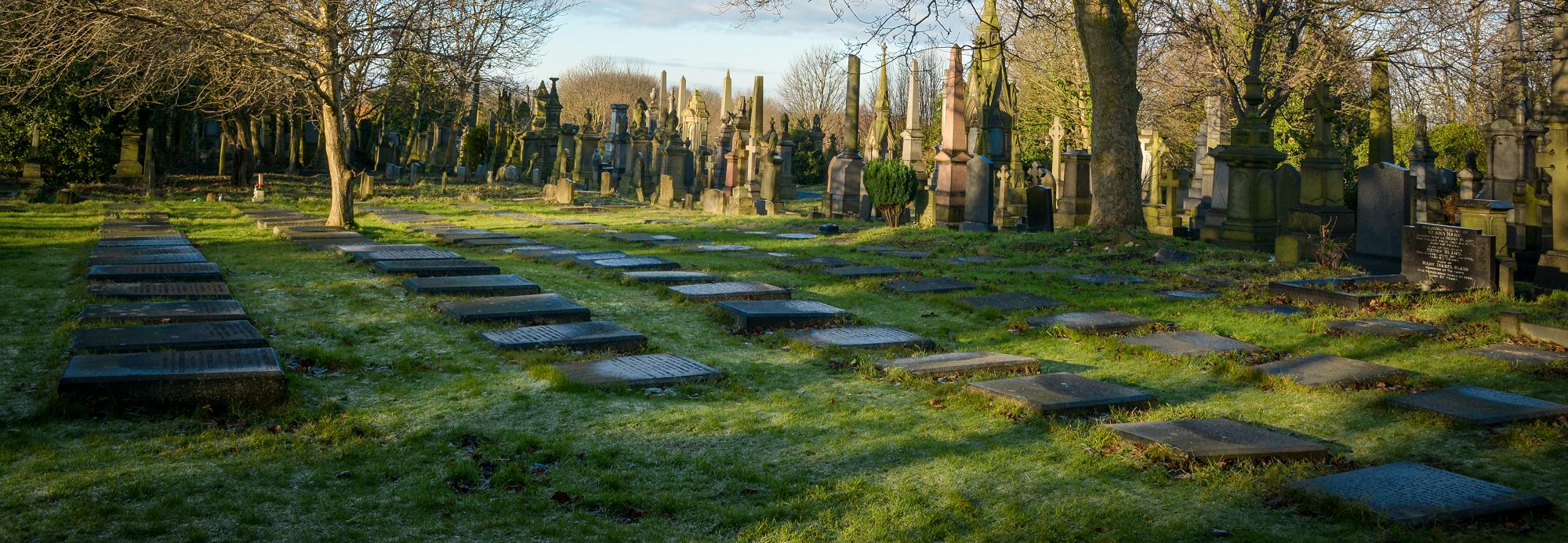William Beanland
William Beanland 1822-1886
J & W Beanland Builders and Contractors
Listed are some of the major building works the firm undertook:
Salts Mill, Saltaire (part of) 1853
All Souls Church, Halifax 1856-1859;
District Bank (Market Street) 1862
The restoration of Chichester Cathedral spire 1866;
Bradford Wool Exchange 1867;
Leeds Infirmary 1868
Bangor Cathedral (restoration) 1870-1880
Lister’s Mill Chimney 1871 and part of Manningham Mills;
Caspian House, Bradford 1871;
Wellesley Barracks, Halifax 1875;
The Swan Arcade, Bradford 1877-1880;
York Infantry Barracks 1877-1878 (became the West Yorkshire Regiment’s depot and barracks in 1881)
Pontefract Infirmary 1880
Horsforth New Church 1883
Bradford Post Office, Forster Square 1886

William Beanland was born in Bradford in 1822 into an old, well known Bradford family of joiners and carpenters. It was a good time to be born, as between his birth and death in 1886, the population of Bradford would explode from around 6,000 inhabitants to approximately 280,000. This was due to the industrial revolution with massive growth of the wool and textile industries as people moved in from the surrounding towns and villages seeking work and Irish families arrived fleeing from starvation and their potato famine.
Wealthy wool merchants also arrived from Germany to set up businesses and so there was a great need for joiners and builders to construct the houses, textile mills, warehouses and public buildings etc. During this century Bradford grew into a very wealthy boom town and became known as the wool capital of the world.
In 1844, at the age of 22, William and his cousin, John Beanland aged 25, formed a business partnership and founded the firm J. & W. Beanland Builders and Contractors. Being young, ambitious and energetic, they set up their first premises in Horton Lane and began on a small scale. The firm began before railways were introduced into Bradford and John used to tell of the time when he and William made the journey to Hull on foot in order to make their first purchase of wood.
By 1851 they employed 50 men but by 1861 the number of their employees had grown to 328 men. In 1871 they moved into larger premises in Harris Street and were now owners of a quarry and making their own bricks. The business grew until the firm of J & W Beanland became one of the most extensive and influential in the trade
In 1881 William retired and his eldest son, John Henry Beanland, took over his partnership in the firm and in 1882 William entered public life as the Bradford councillor for the Exchange ward. His practical knowledge of the building trade made him an especially useful member of the council and he was elected as chairman of the Street Improvement and Building Committee.
William also served on the Board of Guardians from 1881-1885
Personal tragedy struck in 1883 when William’s wife, Ann and their son, John Henry, both died on the same day. William remarried in 1885 but sadly the following year he died at the age of 64 while convalescing from nervous depression and physical weakness, in Craig-y-don Llandudno, Wales.
William’s funeral took place on Saturday September 13 1886. The cortege left his home, Holly Villa, Little Horton at about 11am headed by about 60 police constables in uniform. Following on were some employees of J & W Beanland and then representatives of the masonic order and other gentlemen. On arrival at the Town Hall, the mayor, members of the town council and other prominent Corporation officials took up position just in front of the hearse which was a plain black vehicle drawn by a pair of black horses. The coffin was of polished oak made by William’s old firm.
During the progress of the funeral the Town hall minute bell was tolled and a large number of the public lined the streets along the route of the procession to Undercliffe cemetery.
Research by Pauline Shieldhouse 2020

